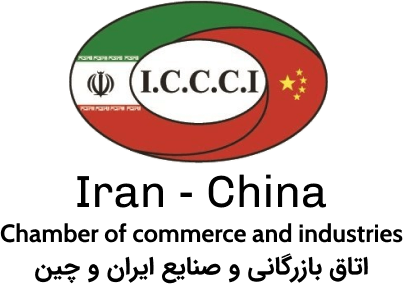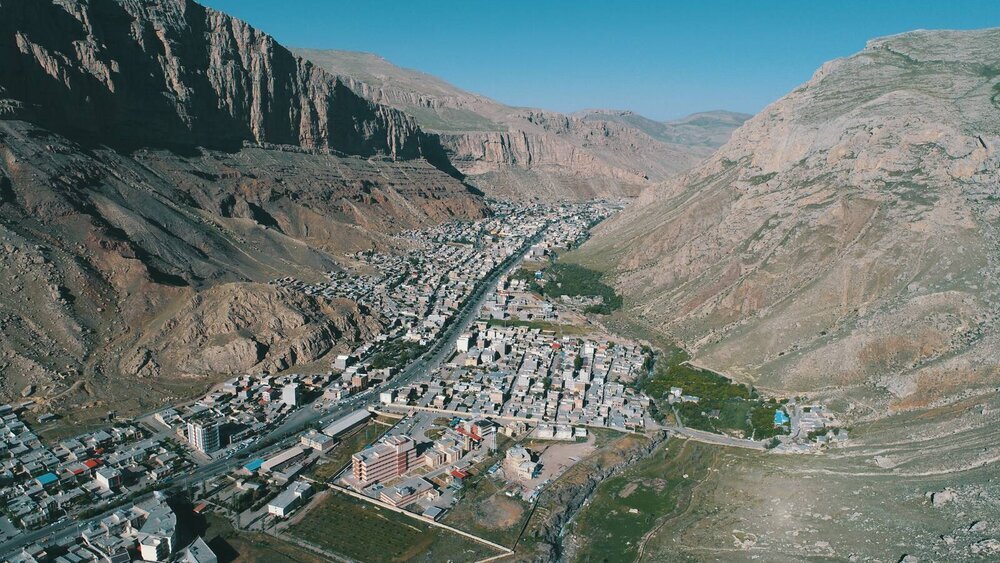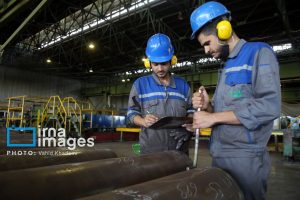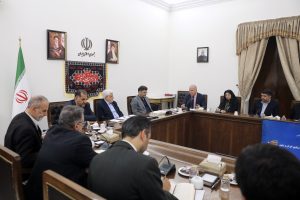As announced by a provincial official, 80 projects for making investment in different sectors are currently being implemented in Maku Free Trade Zone (FTZ), in Iran’s northwestern province of West Azarbaijan.
Arash Yousefzadeh, the director for investment attraction, banking and insurance affairs in Maku Free Trade Zone Organization, said that through proper planning and creation of proper investment condition, these projects are now underway in the zone.
Emphasizing that necessary infrastructure for investment is now established in the zone, the official said that 57 projects in the industry sector, 16 projects in the agriculture sector, and seven projects in the tourism sector of the zone are being implemented at the moment.
He said that jobs have been created for 1,879 people in the first phase of the mentioned projects, and put the domestic investment for the projects at over 10 trillion rials (about $34.5 million) and foreign investment at $13 million.
As announced by the managing director of Maku Free Trade Zone Organization, commodities valued at $2.030 billion were exported from the zone during the first half of the current Iranian calendar year (March 21-September 22, 2021).
Mohammadreza Abdol-Rahimi said that the export of non-oil products worth nearly $2.1 billion, and gas export worth $1.1 billion, imports of goods worth $620 million, and $13.2 billion worth of transit has been done through Bazargan customs in the zone.
He also stressed the high capacity of Bazargan Customs in facilitating the country’s international trade and trade between the countries of the region.
Maku is one of the seven major free zones of Iran.
It has 140 kilometers of border with Azerbaijan Republic and 130 kilometers of border with Turkey.
As Maku is among the most newly-established and also the largest free zones of the country, there is a high need for the creation of infrastructures in this zone.
The establishment of free trade zones in Iran dates back to the Iranian calendar year 1368 (March 1989- March 1990) following the fall in the country’s oil income in the preceding year which prompted the government to promote non-oil exports.
The first two free trade zones of Iran were established in the south of the country. The first one was Kish Free Trade Zone established in 1368 on Kish Island in the Persian Gulf and the second one was Qeshm Free Trade Zone established the year after on Qeshm Island in the Strait of Hormuz.
Some five other free trade zones have been also established in the country since then, including Chabahar in southeastern Sistan-Baluchestan Province, Arvand in southwestern Khuzestan Province, Anzali in northern Gilan Province, Aras in East-Azarbaijan Province and Maku in West-Azarbaijan Province, both in the northwest of the country.
Considering the important role that the free zones play in promoting the country’s export and employment, Iran is seriously pursuing the development of its existing zones and the establishment of new zones as well.
More development measures in this field have been taking since the U.S. re-imposition of sanctions on the Iranian economy in November 2018, as Iran is reducing its dependence on the oil income while elevating its domestic production and non-oil exports.
Although the sanctions have disrupted Iran’s economic activities, they could not impede the development of Iranian free zones; in fact, the development of these zones has been even accelerated.
Many strides made for increasing activities in the free zones have played a significant part in boosting the country’s non-oil exports and brought prosperity in the other economic sectors.
As announced by the former secretary of the Iranian Free Zones High Council, the trade balance of the country’s free trade zones and special economic zones has been positive over the past three years.
Hamidreza Mo’meni also had said in early July that some new free trade zones are planned to be set up in the country in the current Iranian calendar year (ends on March 20, 2022).
“If we can settle the subject of the comprehensive plans of these zones, I think by the end of this year, the new free zones will be added to the existing ones,” he stated.





